3 Days at Hoi An Ancient Town
Hoi An Ancient Town, a UNESCO World Heritage Site, is a living canvas of Vietnam’s rich history. Nestled along the Thu Bon River, this enchanting town once thrived as a major trading port from the 15th to 19th centuries. Today, its lantern-lit streets, colonial architecture, and preserved cultural traditions captivate travelers from around the globe. In just three days, you can unravel its stories, immerse in its culture, and create memories that will linger long after your visit.
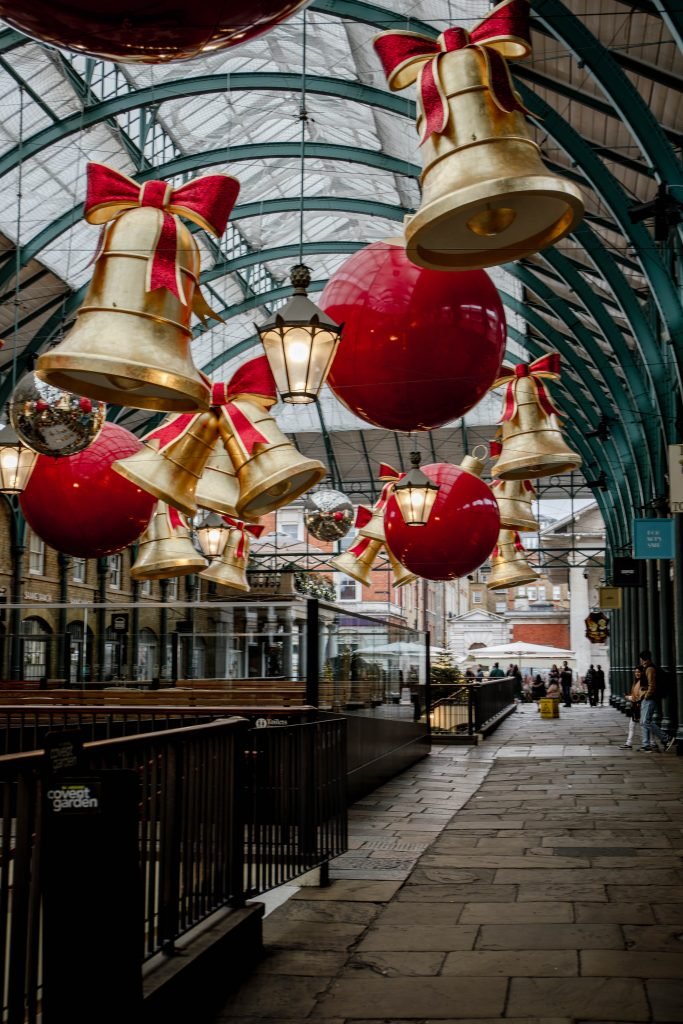
-
Save
Hi! I’m Kiki, a California native, who left my career in corporate finance to become a world traveler.
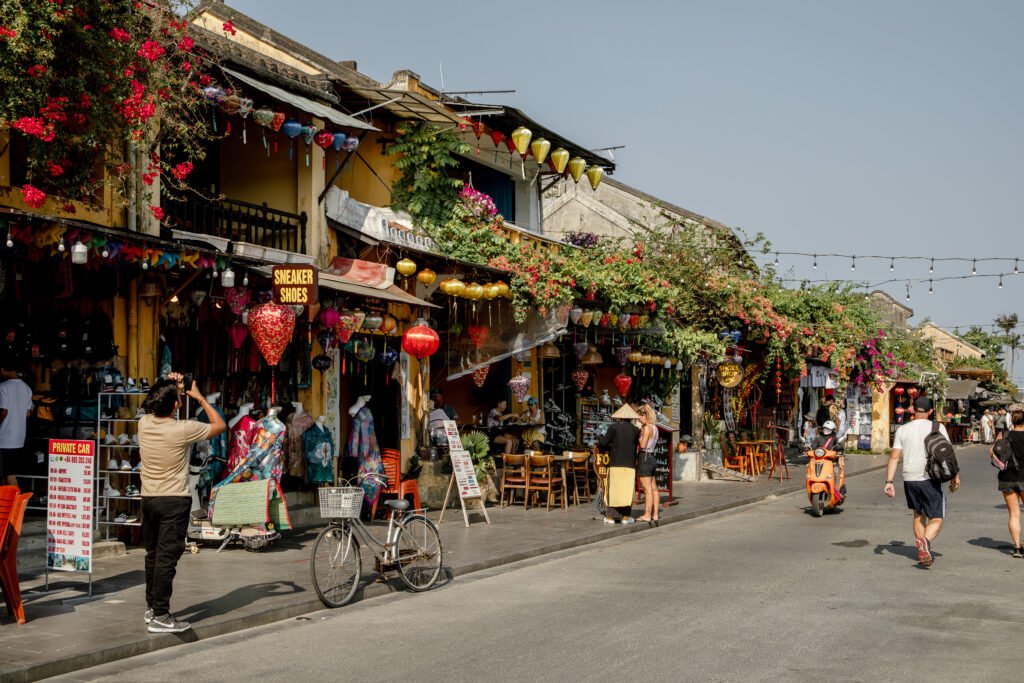
-
Save
Day 1: Streets of the Old Town
The Old Town is the beating heart of Hoi An, a labyrinth of cobblestone streets that echo its past. Start your day with a leisurely bicycle or rickshaw ride, soaking in the atmosphere of this historical enclave.
On Tran Phu Street, Hoi An’s most iconic thoroughfare, centuries-old merchant houses and temples stand as testaments to its golden age. Their distinctive architecture is a harmonious blend of Vietnamese, Chinese, and Japanese influences. Signature yellow-walled buildings adorned with ivy, lanterns, and wooden shutters frame every corner, making it a dream for history buffs and photographers alike.
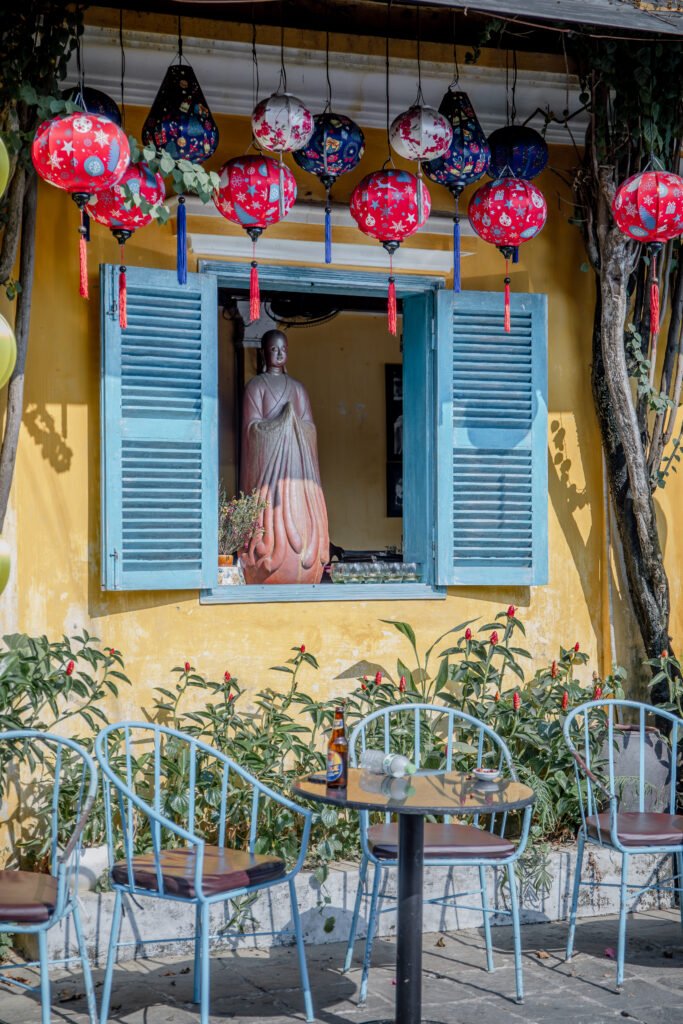
-
Save
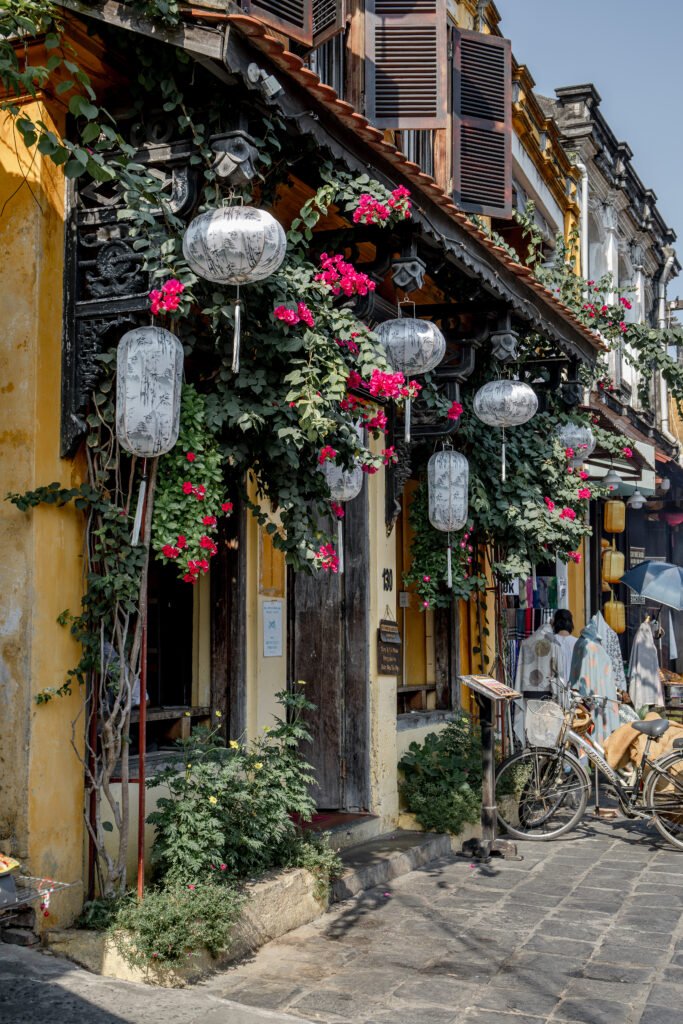
-
Save
Hoi An Silk Village is your next stop, where tailoring is elevated to an art form. Known for its master tailors, this is the ideal place to order custom-made garments. Place your order on the first day to allow time for fittings and adjustments during your visit. Choose from luxurious silk fabrics steeped in tradition, your tailored piece will be more than a souvenir; it’s a wearable memory of Hoi An’s craftsmanship.
As the sun dips, cross the vibrant An Hoi Bridge to An Hoi Islet. The bridge transforms into a glowing spectacle at night, illuminated by the soft hues of lanterns reflecting on the water. The sight sets the stage for the bustling Hoi An Night Market, where street food, handmade trinkets, and lanterns create a lively atmosphere. Treat yourself to local dishes like cao lau, a noodle dish unique to Hoi An, or a hearty banh mi, the Vietnamese baguette sandwich that’s a culinary icon.

-
Save
Hi! I’m Kiki, a California native, who left my career in corporate finance to become a world traveler.
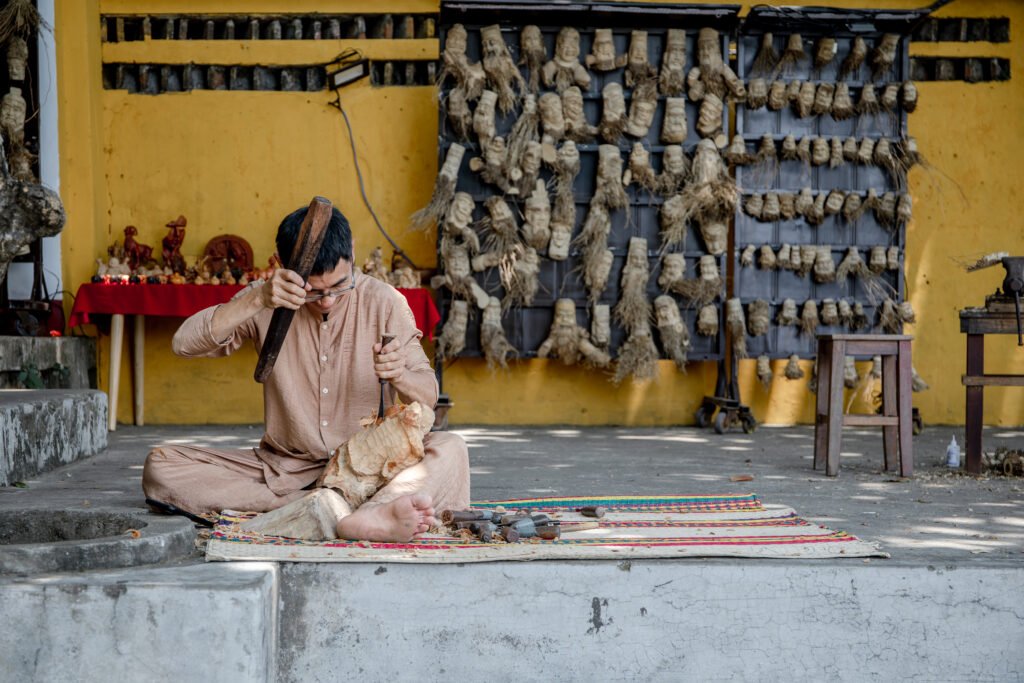
-
Save
Day 2: Immerse in its Culture
Step beyond the Ancient Town to explore Hoi An’s surrounding charms. Begin your day with a ride in a coconut boat, a round bamboo vessel used by local fishermen. Spin through the serene waterways and palm groves in this unique vessel, enjoying moments of laughter and friendly competition with local boatmen. It’s more than a fun activity, it’s a peek into the traditional livelihoods of Hoi An’s fishing communities.
From the riverside, head to An Bang Beach, a peaceful retreat with golden sands and gentle waves. Unlike Vietnam’s busier beaches, An Bang offers tranquillity, making it perfect for sunbathing, swimming, or sipping a fresh coconut under the shade of a palm tree.
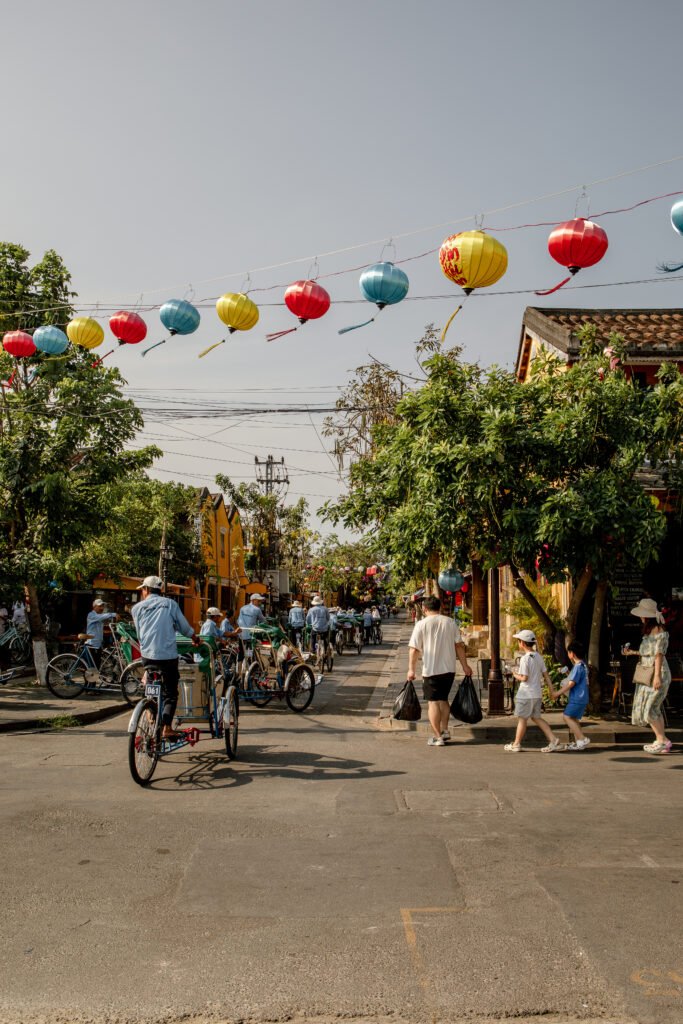
-
Save
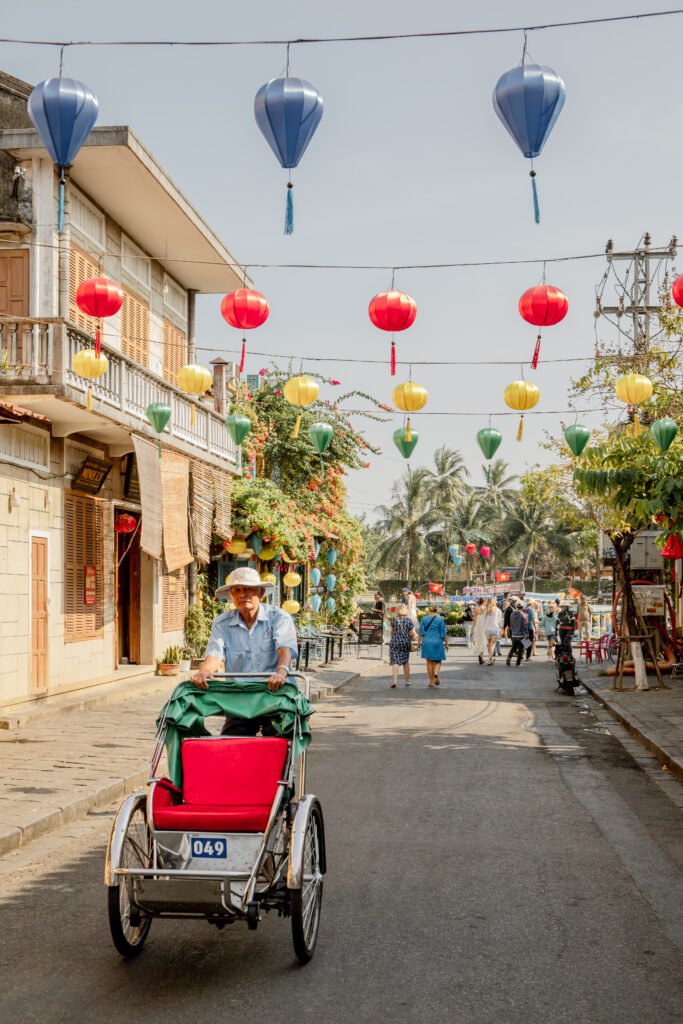
-
Save
For a hands-on cultural experience, make your way to Tra Que Vegetable Village. Known for its organic farming, this village provides cooking classes that highlight the farm-to-table philosophy. Learn to create Vietnamese dishes using fresh, locally grown ingredients while immersing yourself in the peaceful countryside.
As evening falls, immerse yourself in the captivating Teh Dar Show at the Lune Performing Centre. This acrobatic and musical performance celebrates Vietnam’s tribal cultures with dramatic storytelling, traditional gongs, and mesmerizing bamboo props. It’s an artistic journey through the myths and legends of Vietnam’s highlands, leaving you spellbound.
<Link to “Teh Dar: A Tribal Tale of Life, Death, and Rebirth ” article>

-
Save
Hi! I’m Kiki, a California native, who left my career in corporate finance to become a world traveler.
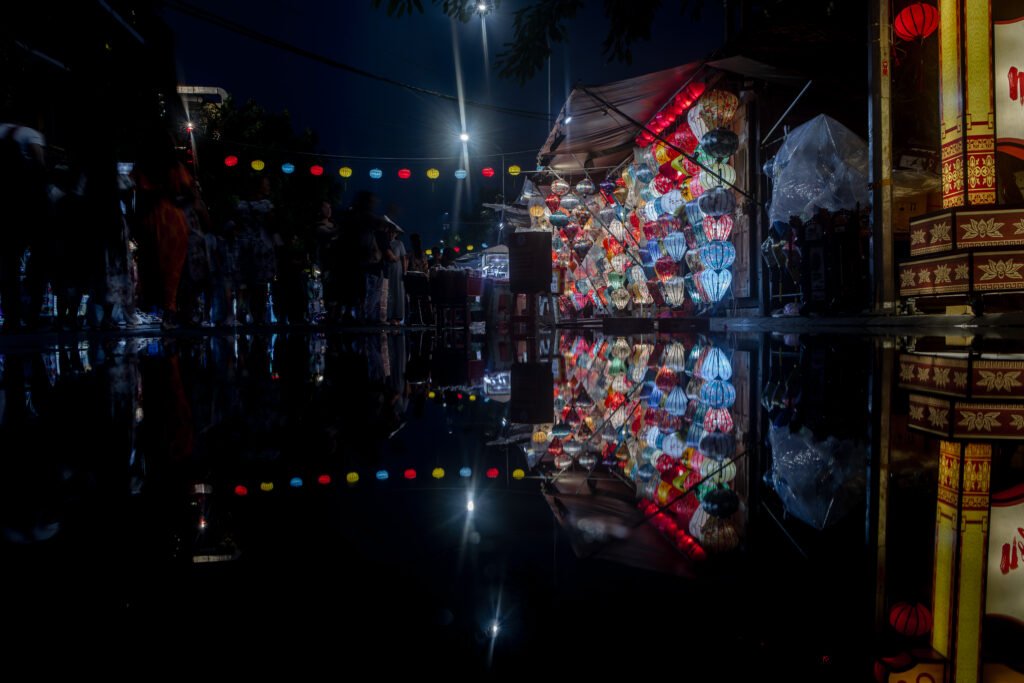
-
Save
Day 3: Lights & Lanterns
If you’re fortunate enough to visit during the Lantern Festival, your final day in Hoi An will be unforgettable. Held monthly during the full moon, this event transforms the town into a kaleidoscope of colorful lanterns floating along the Thu Bon River and hanging in every doorway.
Start your morning at the Old House of Tan Ky, a beautifully preserved 200-year-old merchant’s home. Its blend of Chinese, Japanese, and Vietnamese architectural styles reflects Hoi An’s history as a melting pot of cultures. Then, visit the Chua Cau (Japanese Covered Bridge), an emblem of Hoi An. While undergoing restoration during my visit, the bridge’s cultural significance remained palpable, a tribute to the town’s rich heritage.
<Fact box: After 19 months of renovation, the Chua Cau has been re-opened on <date>>
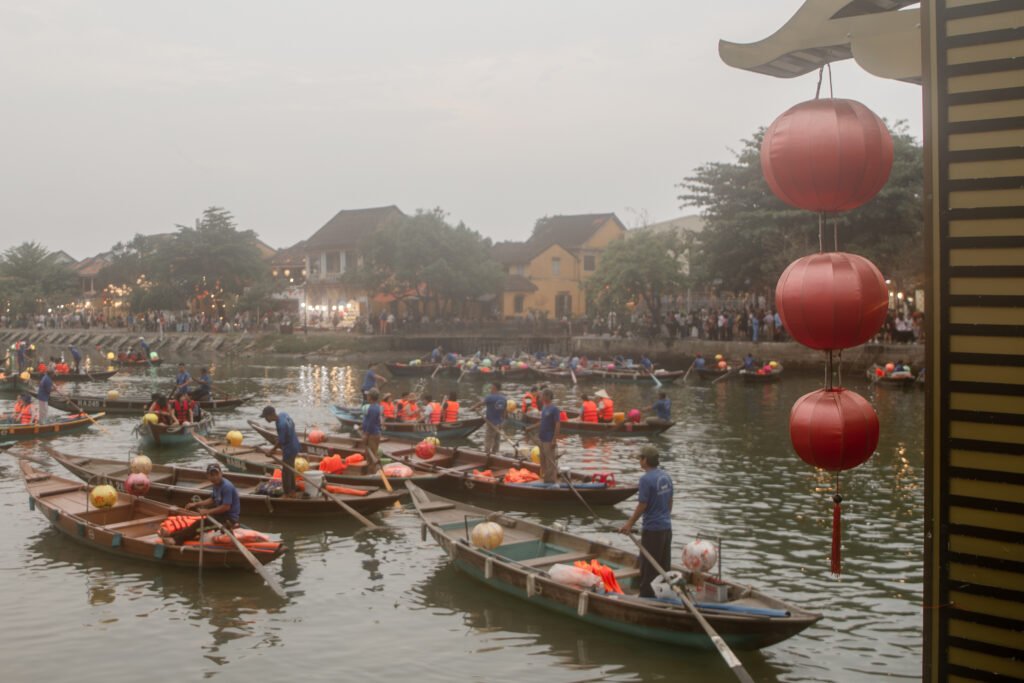
-
Save
Lantern-making workshops are a must-do before leaving. Create your own lantern under the guidance of skilled artisans and gain insight into the history of this craft. It’s a meaningful way to take a piece of Hoi An’s tradition home with you.
As night falls, the Lantern Festival takes center stage. Join locals in releasing lanterns onto the river, a symbolic gesture to honor ancestors and wish for good fortune. Cap off your visit with a lantern boat ride along the Thu Bon River. Floating under a canopy of colorful lights, with the glow of lanterns mirrored in the water, you’ll feel the magic of Hoi An enveloping you one last time.
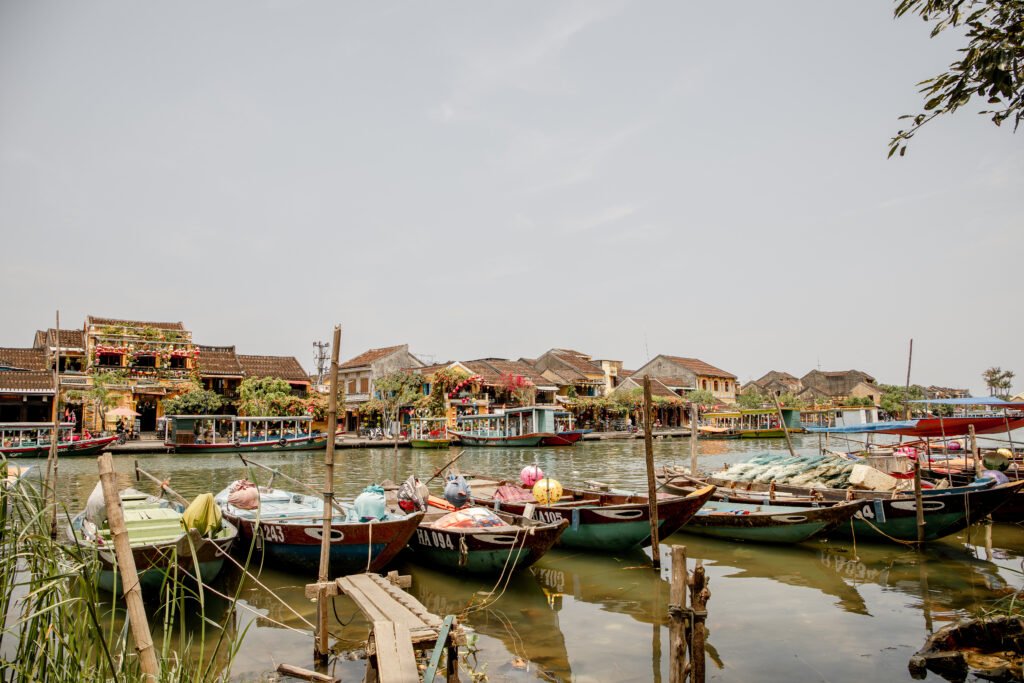
-
Save
📍 Location: Central Vietnam, along the Thu Bon River.
✈️ How to Reach Hoi An:
By Air: Fly to Da Nang International Airport (30 km from Hoi An), with domestic and international connections.
By Train: Da Nang Railway Station is the closest stop, offering scenic rides along Vietnam’s coastline.
By Bus: Comfortable buses connect Hoi An to nearby cities like Hue and Da Nang.
By Car: Private car transfers from Da Nang allow for stops at the Hai Van Pass or Marble Mountains.
🕒 Best Time to Visit:
February to April: Dry weather and pleasant temperatures make it ideal for exploring.
October to November: Post-rainy season greenery and cooler weather provide picturesque views.
🌧️ Low Season:
November to January: Fewer tourists but frequent rain. Bring an umbrella or raincoat.
⏳ Ideal Stay:
3 days are perfect to explore Hoi An. Extend to 4-5 days to include nearby attractions like My Son Sanctuary or Cham Islands.
📸 Hidden Gems for Photographers:
Tra Que Village: Capture lush vegetable gardens at sunrise.
Hoi An Lantern Workshops: Frame artisans crafting lanterns by hand.
Cam Thanh Water Coconut Forest: A tranquil setting with picturesque waterways.
👟 Pro Travel Tips:
Pack comfortable shoes for walking on cobblestone streets.
Start early to avoid crowds, especially at major landmarks.
Hoi An is cash-friendly; carry small bills for street food and local markets.
Related Blogs
Capturing those precious moments to turn into heartfelt, fond memories.
Be stunned by the many beautiful locations to get your best shots at.
The marriage ceremony takes place at a congregational gathering in the holy presence of Guru Granth Sahib.
Fabulous ideas that will help you in making your proposal extra special.
The Dove Letter
Sign up for exclusive stories, travel guides,
and behind-the-scenes updates
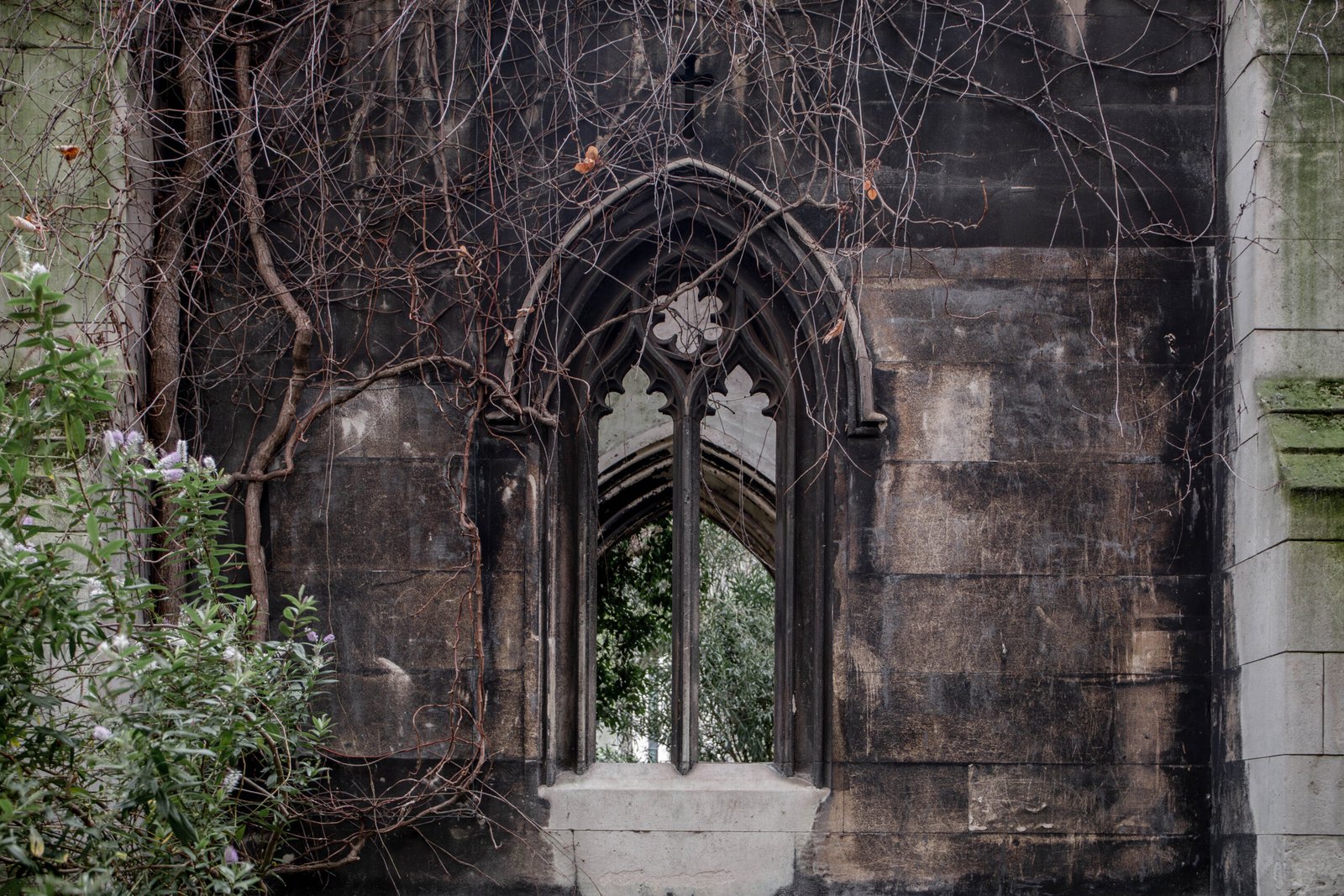
-
Save





